
The lack of fresh salads and vegetables on retail shelves is understandably causing concern and raising issues in regard to consumer choice, food security and farmgate returns.
All three issues are symptoms that can be traced back to a common cause. However, conflating all three issues and suggesting there is a breakdown in the supply chain, or placing responsibility on the multiple retailers or government, is too simplistic.
British consumers have long enjoyed a consistent and wide choice of food at a relatively low cost. Data from the ONS Living Costs & Food Survey shows in 2021 households spent on average £69.20 per capita per week on food and non-alcoholic drinks. To put this in context, this accounts for around 14% of household expenditure.
By international standards, the proportion we spend on food is very low – indeed, only the US and Singapore are lower. For example, the French spend 38% more than we do and the Germans spend 22% more [NationMaster]. It can therefore be argued that we do not have a consumer cost of food problem, although we must never forget that we do have an affordability problem for the lowest 20% of households, who spend 18.3% of their income on food.
Comparably low prices have been made possible over recent years largely because of improved productivity throughout the supply chain coupled with competition between multiple retailers. That is a consumer benefit to be applauded.
However, it was achieved during an extended period of global full supply. Retailers were initially able to manage their margins through competitive buying, often at the expense of producers, and a targeted pricing strategy. One example of the cost to producers has been the use of liquid milk as a designator of comparative value across stores.
Over the years, the retailers’ determination to demonstrate their competitiveness in the high street has exceeded suppliers’ willingness or ability to fund ongoing margin pressure. It has also resulted in underinvestment in the UK’s production capacity for certain crops to replace imports or develop new products, where it has been simpler and cheaper to import.
For many, the problem has been masked in terms of goods on the counter by an extended 50 years of global full supply. International suppliers have also feared irredeemably cutting off UK business through threatening historic relationships. However, suppliers are finding the UK market increasingly uncompetitive and less attractive.
The current ‘limited’ supply of selected weather-related crops and the increasing consumer focus on price are a warning to the whole industry of a fundamental systemic problem that cannot be simply addressed by a call for redistribution of margins, improved supply contracts or a woolly understanding of the risks that lie ahead.
The unpalatable truth is that prices paid to UK and overseas suppliers are in many cases too low to ensure supplies at times of global under-supply. French and German retail shelves are currently well stocked, but at retail prices well above those in the UK.
The challenge for all of us is to recognise the elephant in the room, and help the whole industry explore pre-competitive ways to establish a supply chain from producer to counter that reflects the real cost of efficient supplies.
It will not be an easy challenge, as we are addressing 50 years of business practice and culture, but it has to be done if we are not to continue to witness increasing supply shocks caused by weather or market conditions, exacerbated in selected crops by underinvestment in UK production to replace import dependency.
The current crisis will pass, but the longer-term problem faced by the whole supply chain from farmer to retailer will not go away. As supplies are affected by climate and environmental challenges, plus competitive global purchasing strength, the problem will recur more consistently and for longer periods.
An understanding of the real underlying data and evidence would be a useful first step in helping the industry, as a whole, to address the problem.




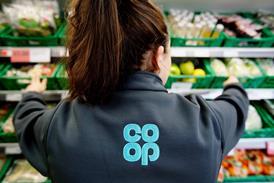





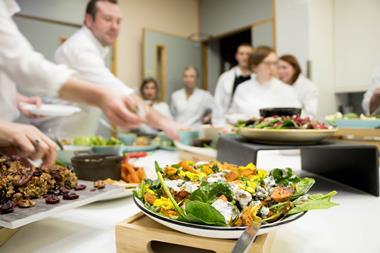
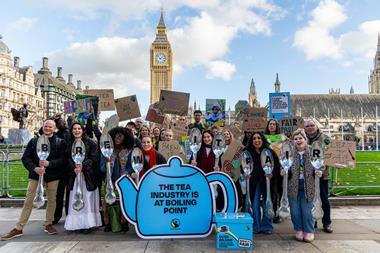

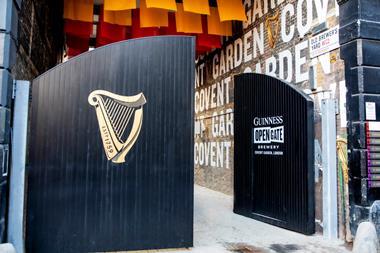
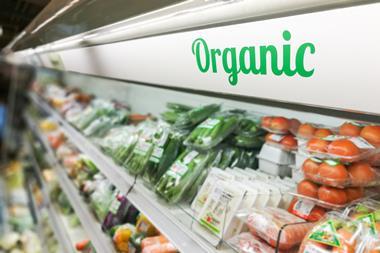

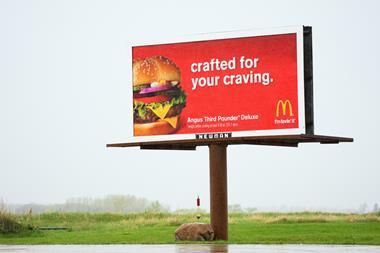


No comments yet